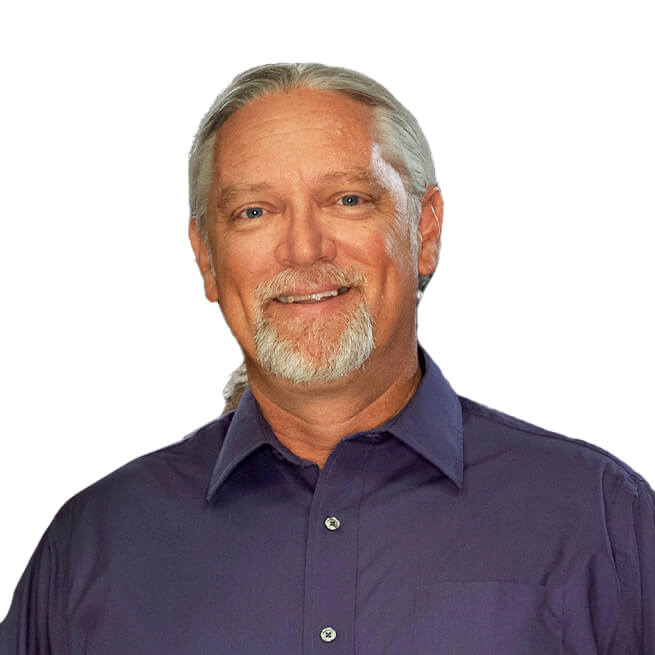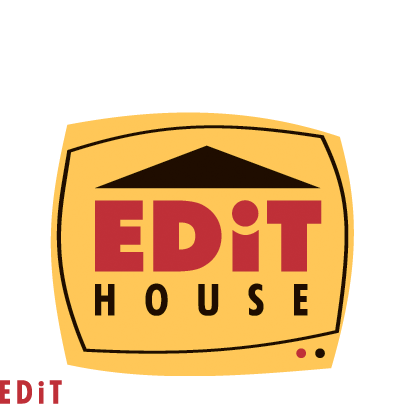Production can be an in-depth process, and filming can often take months to complete. Between time spent recording, it’s important to keep shots consistent. Keeping footage relatively coherent in terms of framing can make or break a production. Additionally, editing content during post-production can be completed more easily if formulated shots are lined up.
Alternatively, if the footage is not recorded with framing in mind, the entire project can look shaky, inconsistent, and conflict with the storyline, and viewers seeing the final project will notice.
Edit House Productions has been in the industry since the year 2000. With over 100 years of combined experience, Edit House Productions is extremely familiar with how camera angles and framing can impact the project.
Edit House Productions’ Co-Owner and Production Manager, Matt Smith, says, “there’s a huge difference between professionally produced content and those projects recorded on a cell phone; it becomes almost an afterthought. A lot of what comes down to a good video is how it’s recorded — what the camera sees and doesn’t see.”
Camera work doesn’t have to be complex, and there are several rules of thumb to follow, especially when recording interviews with people. Interviews with individuals are some of the most common, and it’s important to get the shot just right. But what are these rules, and what are these shots called? Edit House Productions has worked to create a simple guide to help. Below is a list of common industry terms of how camera angles are decided and communicated to the production crew.
Basic Camera Angles
Single Shot: Single shots can be framed in any shot size but remember there is only one character within the frame.
Two Shot: A two-shot has two characters featured in the frame. Remember that those two characters are the focus.
Three Shot: A three-shot features three characters in the frame.
Over-the-Shoulder Shot (OTS): An over-the-shoulder shot shows the subject from behind the shoulder of another character. It is common in conversational scenes.
Point-of-View Shot (POV): A POV shot is a camera shot that shows the viewer exactly what that character sees.
Wide Shot (WS) If the subject is a person, then his or her whole body will be in view on camera — but not filling the shot. There should be a good deal of area above and below the subject. Use this shot to keep your subject in view in a wider shot of the location.
Full Shot (FS) Here’s a camera shot that has your subject fill the frame while keeping scenery visible. Full shots can be used for several characters in the shot together.
Medium Shot (MS) The medium shot is one of the most common camera shots. The framing is roughly the waist up and up to head. So, it shows more of your subject while keeping their location visible.
Close Up (CU) It’s time for a close-up shot when you want to see a subject’s emotions. The close-up camera shot fills the frame with a part of your subject. If your subject is a person, it will most likely be their face.
Extreme Close Up (ECU) An extreme close-up is a shot where you fill the frame with the subject. It often shows eyes, mouth, and other items that need to be featured. Extreme close-ups can be used in most film genres.
These are the very basic camera shots; however, there are many more for various purposes. Do your homework before you shoot the video to find what camera shots will work best for your project. Remember to also film for the project. Consider the tone of what you want your viewers to think about and feel once they have seen your video.
Edit House Productions is proud to serve New Mexico and the United States for all video production and filming needs. Check out our studio space, available for rental, if you’re interested in filming your project in the Albuquerque, Rio Rancho, NM area. Additionally, Edit House Productions has a full editing suite and a sound studio available for projects you may be producing.

James Blackburn has been working for Edit House Productions, LLC, for over five years, assisting in various video productions. He has over 17 years of experience on both sides of the camera. James has always loved film; he’s worked on over 200 movies and TV shows as an actor and behind the scenes. He has also won 3 Rocky Mountain Regional Emmy Awards for videography and editing.
Here at Edit House Productions, James Blackburn assists with productions, setting up and tearing down equipment, writing scripts, monitoring sound, creating graphics, and editing video content. His experience and enthusiasm bring much value to the Edit House Productions Team.
He has been in a happy relationship with his significant other, Karen, for 27 years, and they have one cat named Magic.
When he isn’t working, he also loves outdoor adventures, spending time with family and friends, and is a long-time member of the New Mexico Gunfighters Association. You can see James as a Gunfighter in the Queen Latifah movie, “End of the Road.”
He also has a YouTube channel with almost 1,000 videos called the James Blackburn Experience that follows his life on various adventures.

